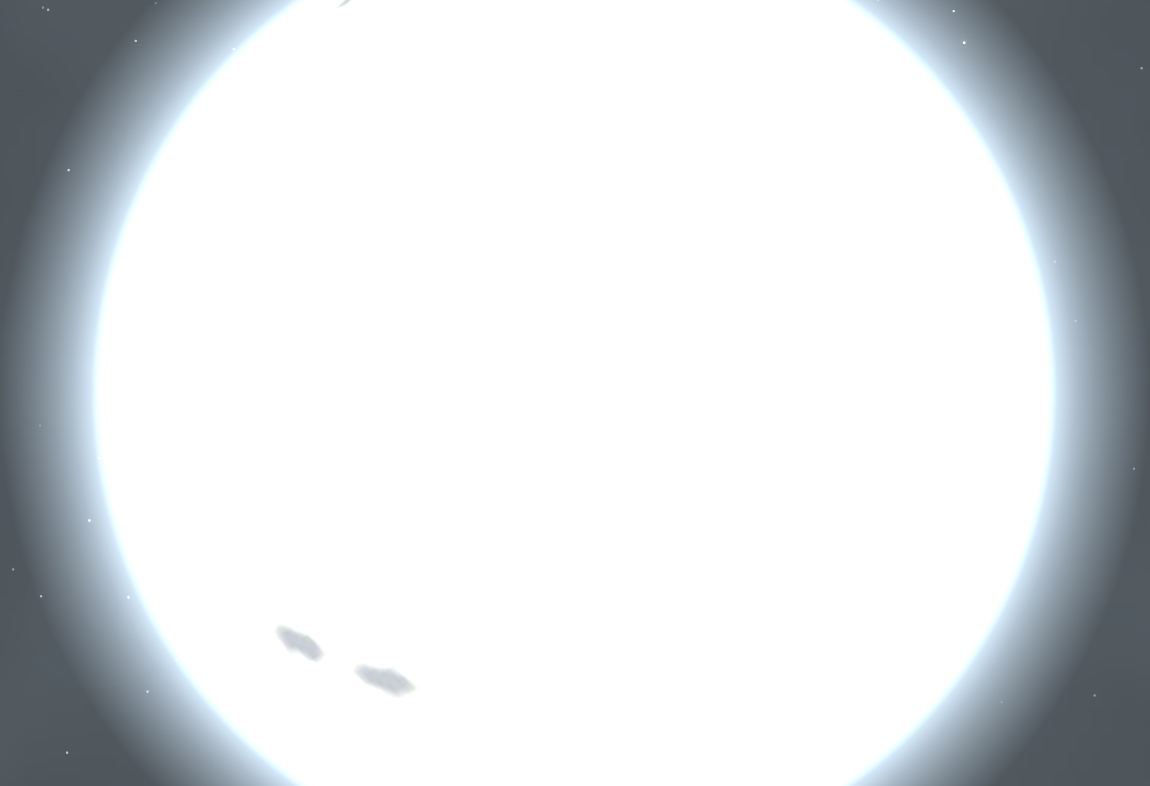1. Which if these statements best describes the process of nuclear fusion?
|
|||||||||||||||||
2. In main sequence stars, where does fusion occur, and what elements are involved?
|
|||||||||||||||||
|
3. Fusion requires extremely high temperatures and densities. This is because...
|
|||||||||||||||||
4. Which force is responsible for holding the fused nuclei together?
| |||||||||||||||||
5. In a large stable main sequence star, which two forces are balanced?
|
|||||||||||||||||
6. Here are three statements about the Sun:
|
|||||||||||||||||
Which of these statements are true?
| |||||||||||||||||
| 7-9: These questions are about the evolution of massive stars. |  |
||||||||||||||||
7. Large stars evolve in a different pathway to the Sun. A very large main sequence star will swell and grow to become a supergiant, like Rigel shown above. What elements are fused in the core of these supergiants?
| |||||||||||||||||
8. A supergiant will eventually run out of elements to fuse in the core. At this point it will create a...
| |||||||||||||||||
9. Which of the following options best describes the final end stage of a supergiant star?
| |||||||||||||||||
10. What can be determined from direct measurements of the spectrum of a star, without other data being required?
| |||||||||||||||||